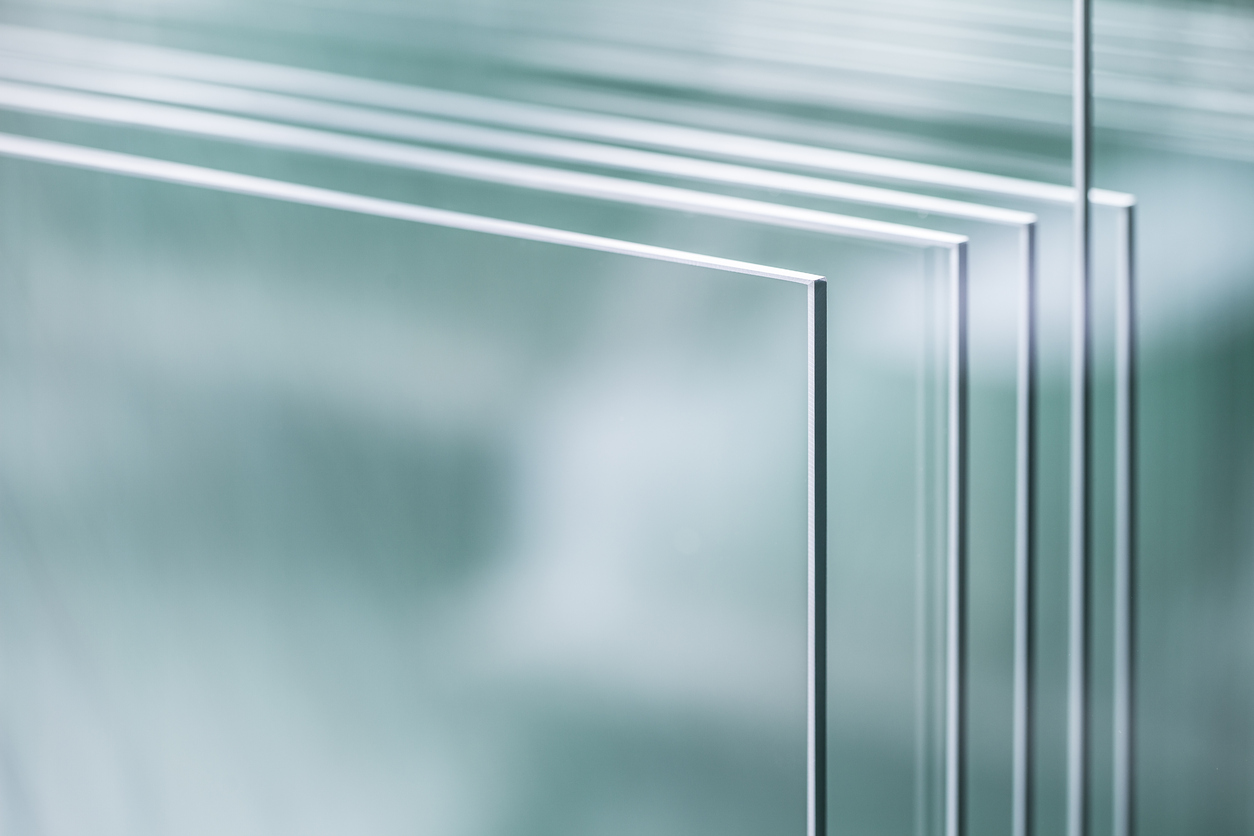

Coated float glass is an innovative material that has transformed the landscape of modern architecture, construction, and interior design. This type of glass is produced by coating a layer of metallic or other materials onto standard float glass, resulting in enhanced performance characteristics such as improved thermal insulation, reduced glare, and increased energy efficiency.
One of the primary advantages of coated float glass is its ability to reflect solar radiation. This is particularly beneficial for large buildings and commercial spaces where sunlight can significantly raise indoor temperatures. The reflective properties help balance heat retention and reduction, making interiors more comfortable and reducing reliance on air conditioning systems. Consequently, this not only results in a more pleasant environment for occupants but also leads to lower energy bills and a reduced carbon footprint.
Another essential feature of coated float glass is its capacity to control light transmission. Depending on the type of coating applied, glass can be engineered to either enhance or limit the amount of natural light entering a space. This is crucial in situations where too much direct light can lead to glare and discomfort. Architects and designers often specify coated glass to create more livable spaces, carefully managing light levels to promote productivity and well-being in both residential and commercial settings.

Coated float glass also exhibits superior durability and ease of maintenance. The coatings are typically designed to resist scratches, moisture, and other environmental factors that can degrade glass over time. This resilience means that coated glass retains its appearance and functionality for years, reducing the need for frequent replacements or extensive cleaning.
Moreover, the aesthetic appeal of coated float glass cannot be overlooked. It is available in various colors and finishes, allowing architects and designers freedom in their creative choices. The ability to customize the appearance of glass adds a distinctive touch to buildings, contributing to their overall architectural character. From sleek modern office towers to elegant residential homes, coated float glass provides an opportunity for innovative design while maintaining practical benefits.
In conclusion, coated float glass is a versatile and essential material in the contemporary built environment. Its ability to enhance energy efficiency, control light transmission, improve durability, and provide aesthetic versatility makes it a popular choice among architects and builders. As sustainability becomes increasingly important in construction and design, the role of coated float glass will likely continue to grow, providing solutions that not only meet but exceed the demands of modern living. With ongoing advancements in coating technologies, the future of coated float glass looks promising, positioning it as a cornerstone of eco-friendly and innovative architectural practices.